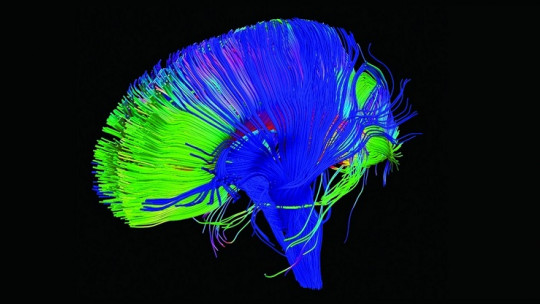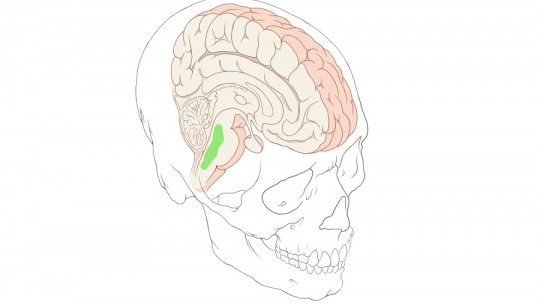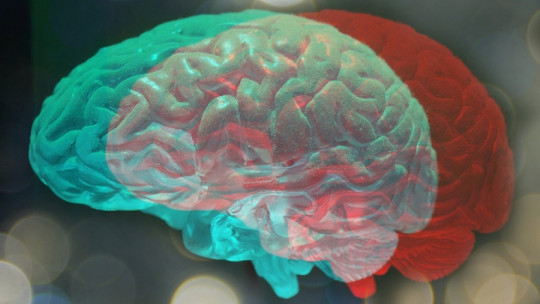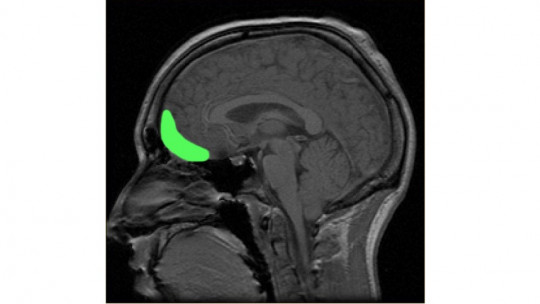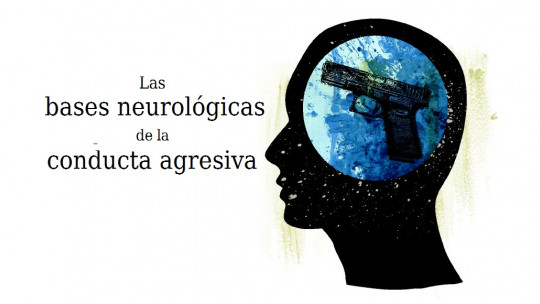
Every day in the media there are scandalous cases of crimes, assaults and excessive violence Today we know that the environment in which a person grows and evolves and the same systems that make it up directly condition their development, but, what if we ask ourselves, what happens at a neurological level for a person to develop more aggressive behaviors than another raised and educated person? in the same environment? In this article we answer this question
An aggressive person shows activity in certain areas of the brain
The hypothalamus, testosterone and serotonin have been the protagonists of the main avenues of research in relation to aggression for years, but today Different works have shown how the stimulation exerted on the amygdala activates aggressive emotional reactions in the subject as well as their inhibition when acting on the prefrontal cortex.
At an ontological level, the maturation of the prefrontal cortex is later than that of the amygdala, which means that the individual acquires later the necessary skills for abstract reasoning, to make changes in the focus of attention or even to develop ability to inhibit inappropriate responses, such as control of aggression, among others.
The greater the volume of the prefrontal cortex, the less aggressive behaviors
Already at the end of the 1990s, it was suggested that greater activity in the amygdala led to greater negative behaviors, including greater aggressiveness, whereas a decrease in the activity of the prefrontal cortex offered less ability to exercise control over one’s own emotions. .
It was a study conducted by Whittle et al. (2008) in adolescents, which finally concluded that The greater the volume of the prefrontal cortex, the less aggressive behaviors were perceived in the boys and contrary to the case of the amygdala, a greater volume responded to offering more aggressive and reckless behaviors at the same time.
When Anthony Hopkins plays the character of Hannibal Lecter in The silence of the lambsshows an unusual temperament for a murderer, far from conveying an impulsive and emotional personality, he stands out for having a calculating, cold and extremely rational profile, which escapes the explanation we are offering.
White matter in the prefrontal cortex and its relationship with aggressiveness
Until now we have seen how an increase in the activity of the amygdala and a decrease in the prefrontal cortex is ideal to describe a more impulsive personality, not very reflective and even with little capacity in emotional management, but how can we explain the typical characteristics of Hannibal?
In 2005, Yang et al. found that a decrease in the white matter of the prefrontal cortex responded to a decrease in cognitive resources themselves, both to persuade or manipulate other people, and to make decisions at specific moments. Keeping the white substance intact would explain why Hannibal and other murderers with the same characteristics are able to control their behavior in such a masterful way, to make appropriate decisions in complex situations, always for their own benefit and to the point of outwitting authority. .
Serotonin is key to understanding aggressive behavior
As we said at the beginning, serotonin also has a fundamental role in this issue, specifically, a decrease in their activity is directly related to aggression and with the implementation of risk behaviors. In 2004, New et al. showed that treatment with SSRIs (selective serotonin reuptake inhibitors) increased the activity of the prefrontal cortex, and after a year the aggressive behaviors of the individuals were considerably reduced.
In summary, we can highlight how an increase in serotonergic activity would increase the activity of the prefrontal cortex, which would cause the inhibition of the activity of the amygdala and consequently aggressive behaviors.
We are not slaves to our biology
Even knowing that the brain is not decisive in the modulation of aggression and such behaviors by itself, it is thanks to advances and the numerous studies carried out that we can explain its mechanism as far as the neurological process is concerned. Guido Frank, scientist and physicist at the University of California, highlights that biology and behavior are susceptible to change and that, by combining a good therapy process and adequate individualized control, the progress of each individual can be modified.
Ultimately, as neurologist Craig Ferris, from Northeastern University in Boston in the United States, points out, we must keep in mind that “we are not completely slaves to our biology.”

